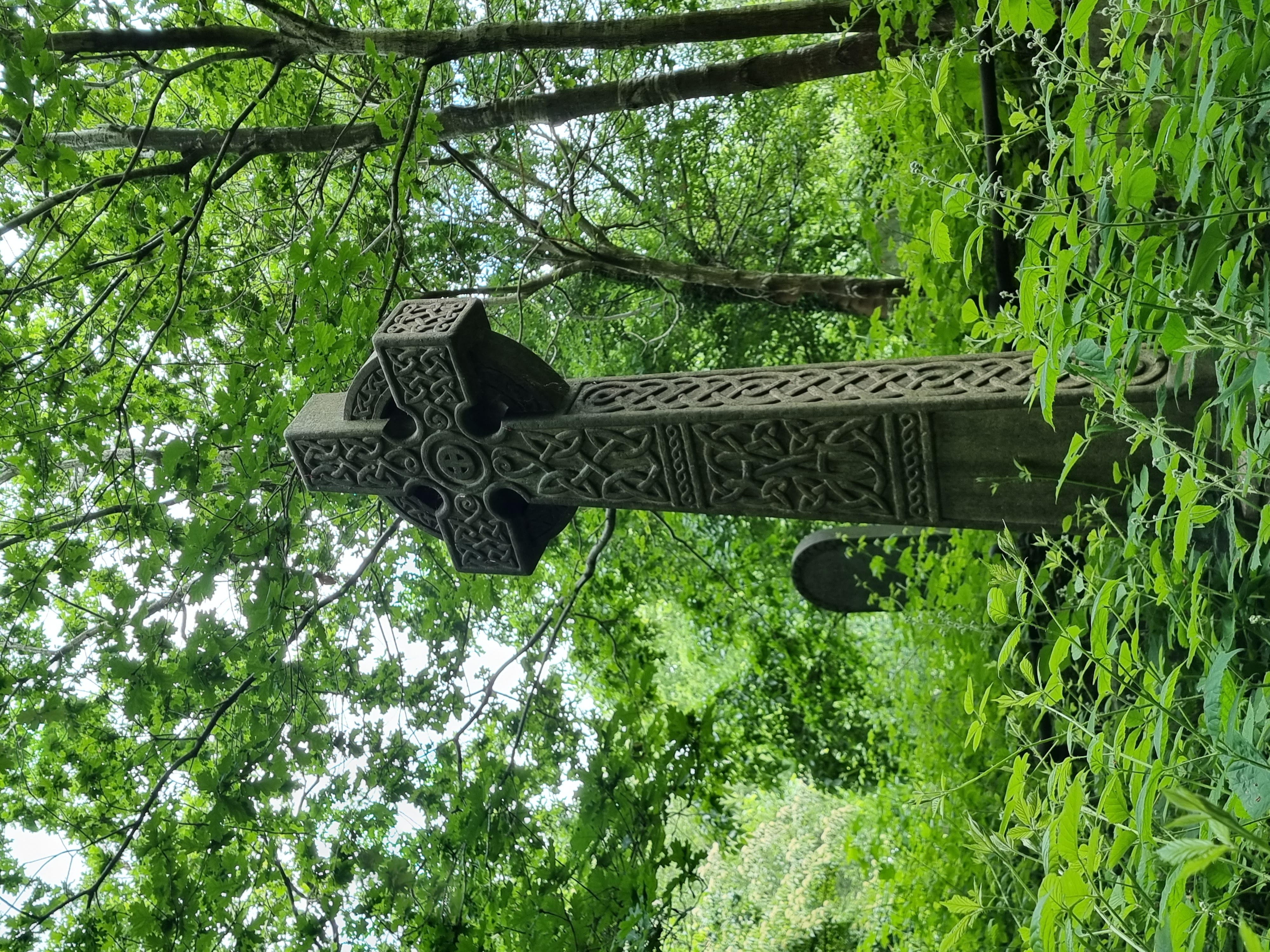Graveyards might not be at the top of your list when it comes to a bit of butterfly-spotting, but cemeteries are often hidden havens for wildlife, especially in increasingly busy urban areas.
Often positioned in peaceful spots and filled with trees and greenery, cemeteries can provide vital habitat for a variety of species, from butterflies and birds to hedgehogs and badgers.
And more and more cemeteries are being managed to support wildlife.
Some cemeteries have dedicated areas where older plots are left to become wild. Grasses, wildflowers, Ivy, and Bramble surrounding the resting places of the dead teem with new life, providing sources of shelter, food and places to breed. Leaf litter is left to build up – an important winter home for many caterpillars and pupae. And, in some cases, dedicated logpiles and refuges have been added to give wildlife a helping hand.
Churches, local groups, councils and dedicated volunteers are working together with conservationists to map and support biodiversity in cemeteries, and that’s great news for butterflies and moths.
We’ve rounded up some of the species that can be spotted in cemeteries across the UK:
1) Marbled White - Brockley and Ladywell Cemetery, London
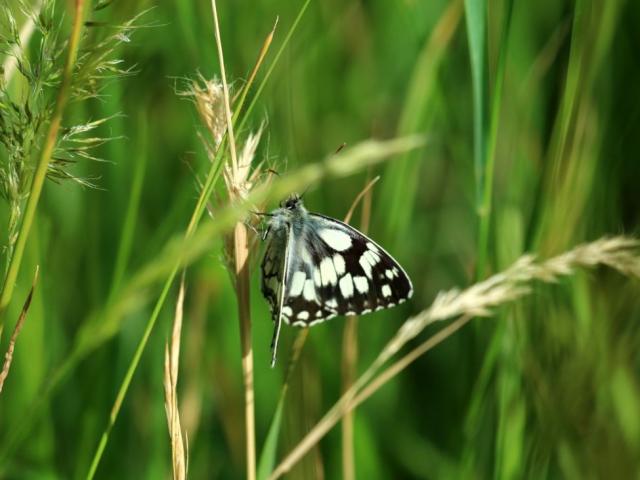
The Marbled White is a distinctive black and white butterfly that flies in July. It can be found in areas of unimproved grassland, making the long grasses of the Brockley and Ladywell Cemetery a perfect haunt for this striking butterfly. Look out for adults who can sometimes be found roosting halfway down tall grass stems.
2) White-letter Hairstreak – Earlham Cemetery, Norwich
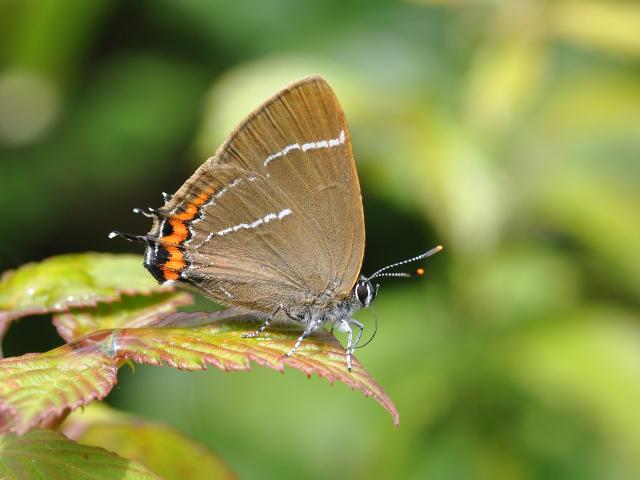
So-named because of the white W-shaped streak on its underwing, the White-letter Hairstreak can be a tricky butterfly to spot as it flits erratically around the tops of trees. This butterfly’s caterpillar feeds on Elm, and although Earlham Cemetery’s avenues of Elms were depleted by Dutch Elm Disease, a few large, suckering Elms remain.
3) Buff Footman – Warriston Cemetery, Edinburgh
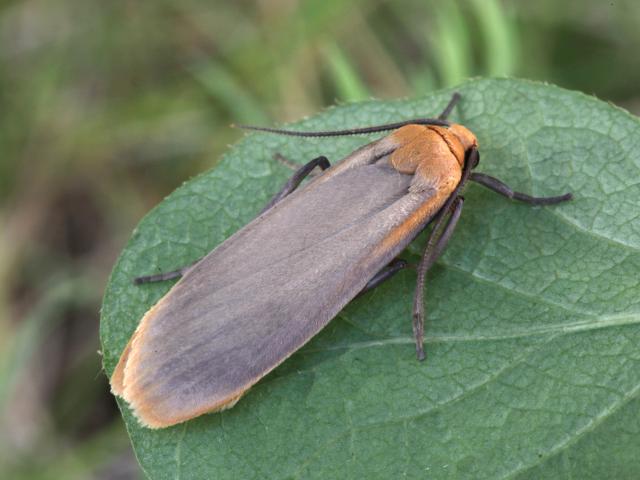
The Buff Footman moth flies in July and August in woodland, scrubland and chalky downland. However, you’re more likely to spot its offspring, which like to feed on lichens and algae. The lichen-encrusted tombstones of Warriston Cemetery provide a feast for the hungry, hairy Buff Footman caterpillars.
4) Silver-washed Fritillary – Lewcombe Churchyard, Dorset
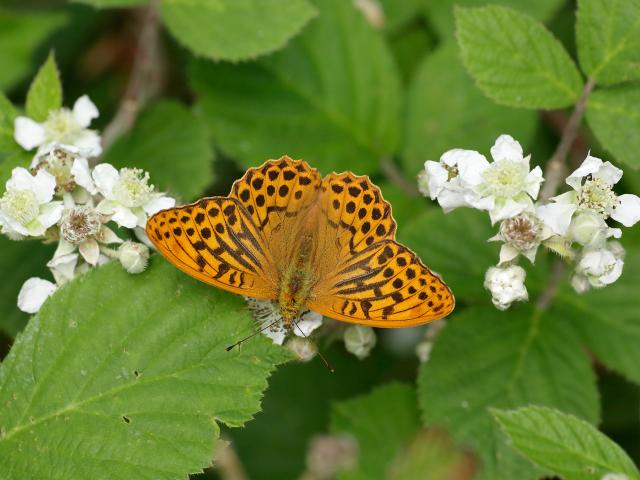
The Silver-washed Fritillary is a vibrant and fast-flying butterfly mostly seen in sunny glades and rides during high summer. The woodlands surrounding Lewcombe Churchyard and the site’s mature, broadleaved trees are an oasis for the Silver-washed Fritillary, which is best spotted as it stops to nectar on flowers.
5) Long-tailed Blue – Southampton Old Cemetery, Southampton
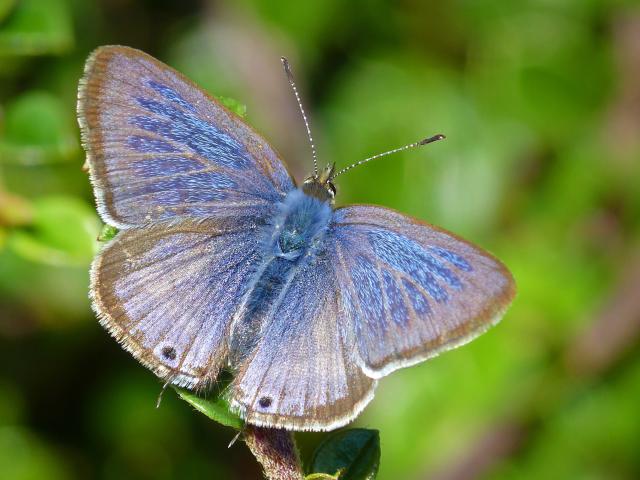
The Long-tailed Blue is an exotic migrant from the Mediterranean. Experts believe that climate change is behind this butterfly reaching our shores more regularly and in vastly increased numbers. Over the past few years, Southampton Old Cemetery has played host to this vibrant blue visitor which has been drawn to the site’s wildflowers.


